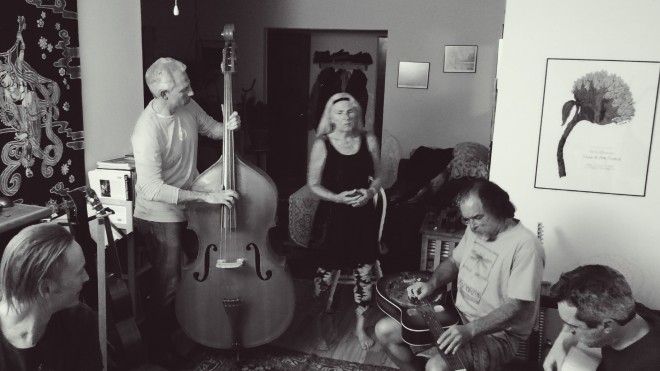My mom always told me my musical talent was ‘misunderstood’… I misunderstood it to be much better than it really was.
We recently rounded out our fourth and final Water Loss Control workshop in New Mexico. This particular program has been unique. There is no requirement in New Mexico that utilities must submit an annual water audit, and this instantly changes the dynamic of our technical assistance program. Now, it doesn’t change it drastically, but slightly. Slightly enough that you notice subtle differences. For example, when you have to help someone with a requirement, you want to make sure they have access and understand the necessary tools at their disposal; the how. When you are helping someone with something that is not a requirement, then the why comes up again and again. The why of water loss control is everything. We have not gone to New Mexico over the last 7 months to show utilities how to press a few buttons in some fancy software. We have invested time in boosting water systems’ knowledge base on the culture of water loss control. Some of the most straight-forward principles have, and will continue to have, the most significant effect on some of the utilities’ water efficiency programs we had the pleasure to work to work with. Watching someone understand their system better, and reacting to that new found understanding in a way that will optimize the efficient use of their system’s water is a big deal to us, and we’ve heard it’s a big deal to them as well. One of our students said of the program, ‘I’ve been in the field for over 20 years, involved with pipe repair and leak prevention. This (water audit) is all new to me, but the value in identifying non-revenue water and the implementing plans to reduce it….that is very clear.’

(left to right) Chad on the keys, Steve Cavanaugh slapping the bass, the lovely Jude warming the pipes here, Peter Nathanson and Will Jernigan doing a little picking.
But the ‘audit to action,’ as we call it, doesn’t come from just a technician, or an operator, or from a billing clerk, or from a manager. It comes from the collection of these people working together, listening together, and speaking the same language. When it works, they can make beautiful music together. Our last trip out to New Mexico was a real treat. Peter Nathanson, who works with the New Mexico Environment Department, and his wife, Jude, invited us into their house one evening for some real New Mexican food (I could write an entire separate post on this, but I digress…thanks Jude!) and an evening of laughing and music. I think that is what you call a ‘work perk!’ Not entirely known to me, but very quick to figure out, was that I was the odd man out with no musical background. That was OK. I brought my ears, and my voice, as off key as it may have been, and that was all I needed. Somewhere between Redding and Dylan, I drew the parallel between these folks working together, seemingly effortless, and those that we had been speaking to all week, because they were talking the same language and listening to each other.
Water loss control depends on the right team’s (production, operations, billing and engineering departments, etc) rhythm and trust in each other’s abilities to coalesce into something not possible individually. If water utilities start by getting the band together and just start jamming a little bit, the result can be something greater than ever expected, but they cannot stop there. One thing that Peter has reiterated throughout our time in New Mexico is, ‘The most important thing we would like to see come of this program is the follow on activities that occur as a result; how are you using the water audit to better your system?’ After all, none of us are in it to become one hit wonders.

